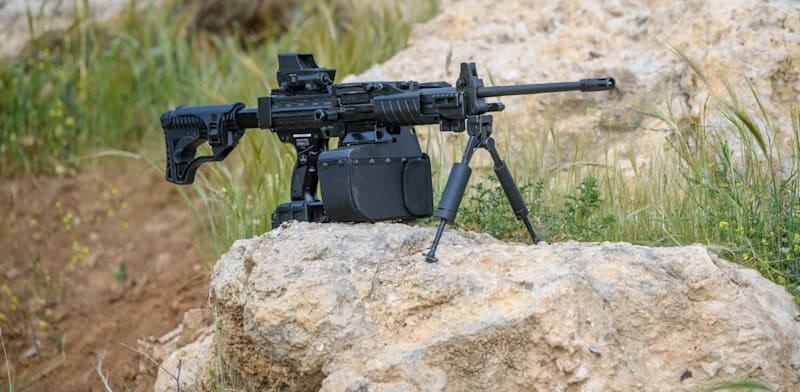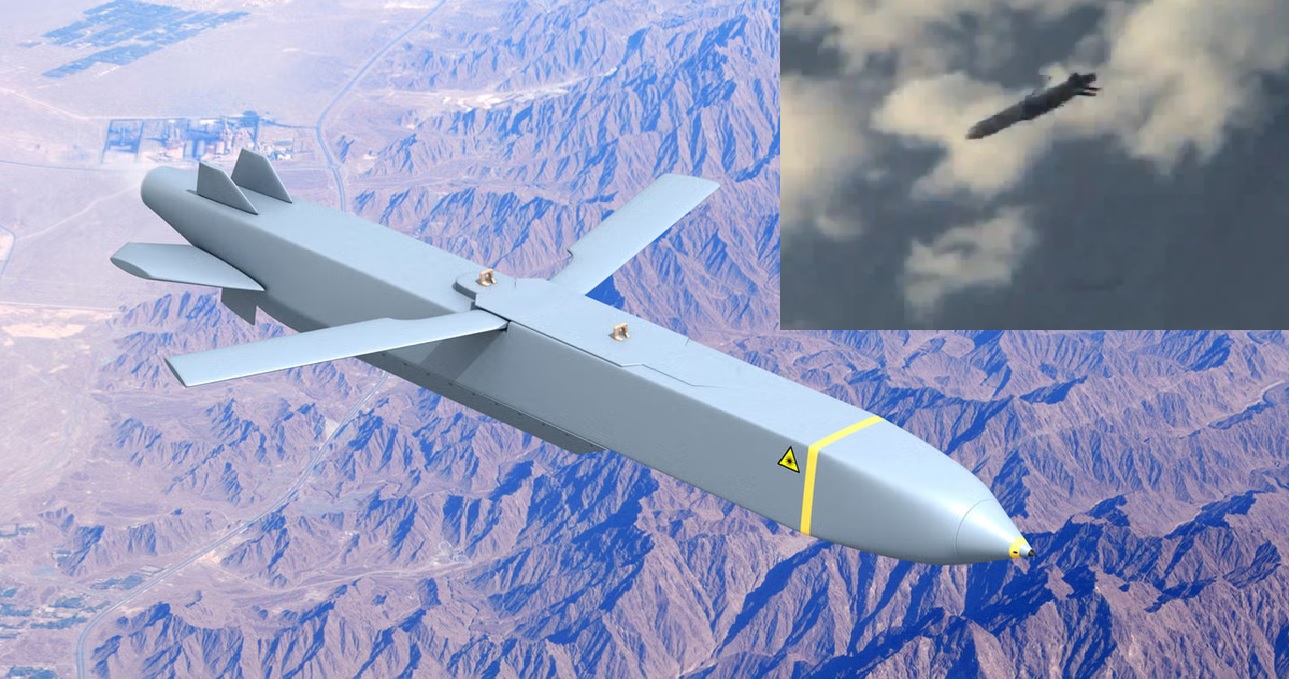Munitions Crisis: A Closer Look at U.S. Military Challenges

Defense News - In the early months of 2023, the United States faced a pivotal moment in its involvement in conflicts abroad. The transfer of 300,000 155mm artillery shells from its War Reserve Material stockpile in Israel to Ukraine marked a significant commitment, but the landscape has shifted dramatically since then.
Hamas terrorist attack on October 7 added a new layer of complexity, leading Israel to request munitions, placing additional strain on already stretched U.S. stockpiles. This development raises concerns about the adequacy of the Defense Department munitions planning and the budget priorities set by congressional appropriators.
The U.S. military finds itself in a challenging position, tasked with responsibilities that surpass its current equipment capabilities. Notably, the shortage of munitions for a contingency in the Indo-Pacific region is a pressing concern, exacerbated by ongoing operations in other theaters.
For instance, Ukraine monthly expenditure of 155mm shells far exceeds the U.S. monthly production, even after doubling efforts. With Israel also seeking 155mm shells, the depletion of global stockpiles raises questions about where the Pentagon can source additional shells for Israel without compromising supplies for Ukraine.
The inadequacies in munitions planning not only affect artillery shells but extend to precision-guided munitions. Israel request for Small Diameter Bombs and Joint Direct Attack Munitions adds to the dilemma. Despite U.S. promises to deliver, fiscal 2022 procurement figures reveal a significant shortfall compared to Israel actual usage.
Looking ahead, the Pentagon future planning is a cause for concern, especially in scenarios involving high-intensity conflicts with China. Wargames indicate that critical munitions could be depleted within eight days, highlighting a potential vulnerability in the face of emerging challenges.
The Navy annual procurement of Tomahawk missiles and MK 48 torpedoes falls short of fleet requirements, posing a challenge even when all available vessels are considered. Dipping into existing military inventory provides only a temporary solution, with estimates suggesting that the Navy may not be able to reload all its ships with Tomahawks.
This shortage extends to other munitions, such as Joint Air-to-Surface Standoff Missiles and Long Range Anti-Ship Missiles, raising concerns about the U.S. military ability to fulfill its mission of deterrence and support for allies.
The unpredictability of conflict timings and scenarios adds another layer of complexity. While the focus remains on potential conflicts in multiple regions, the risk of being drawn into fights simultaneously becomes a real concern for the U.S.
To address these challenges, a reevaluation of munitions acquisition and production plans is imperative. Prioritizing use based on grand strategy and national interest is crucial. One suggested solution is the increased use of multiyear procurement authorities, sending a long-term demand signal to industry and decreasing costs over time.
While recent legislative measures have approved multiyear procurement for certain munitions, full funding from congressional appropriators remains a crucial factor in implementing these strategies effectively. Addressing the munitions problem is not just a matter of immediate concern but a critical step in safeguarding America interests in an increasingly complex global landscape.


